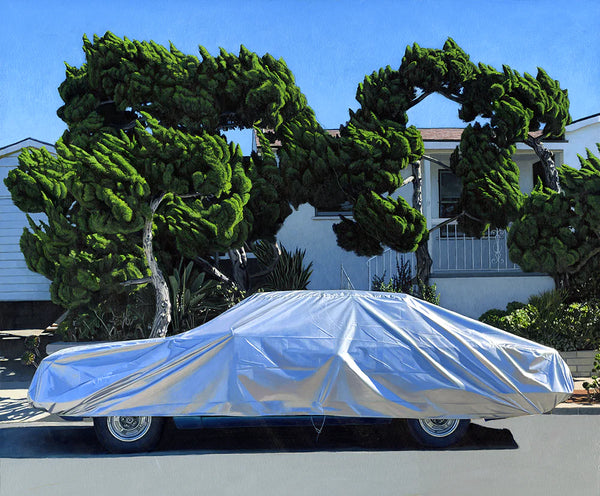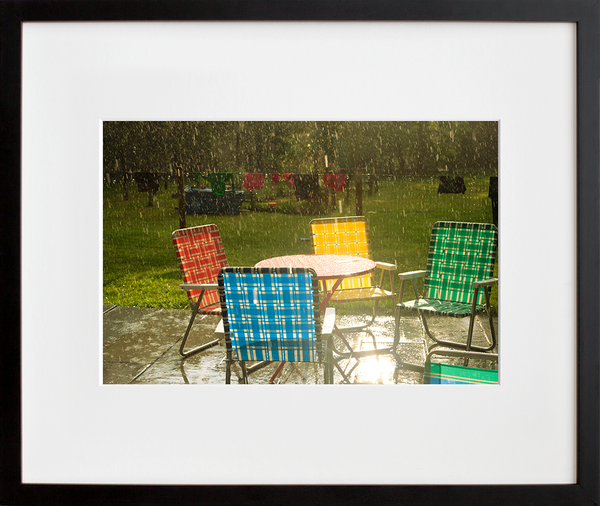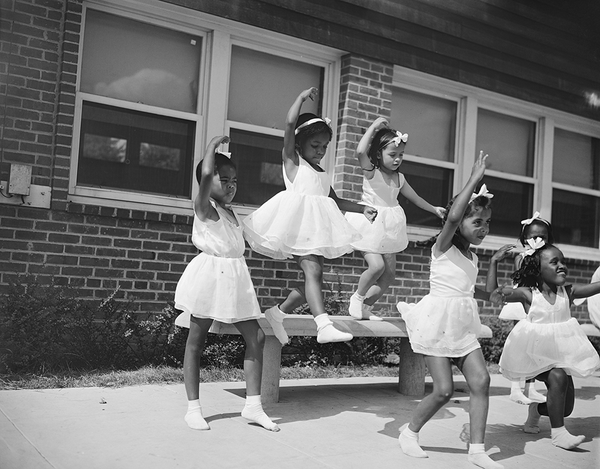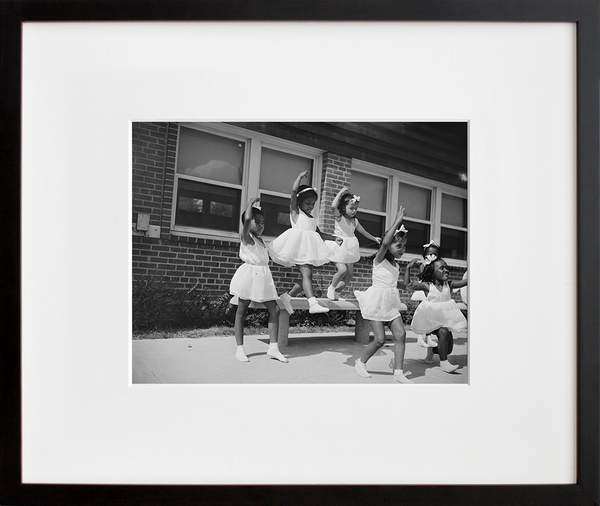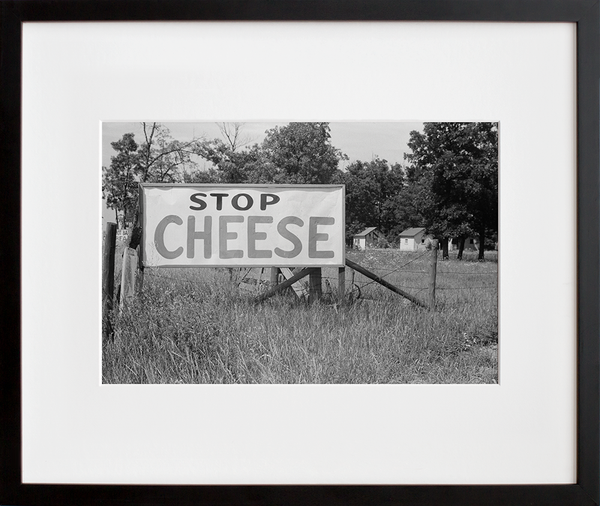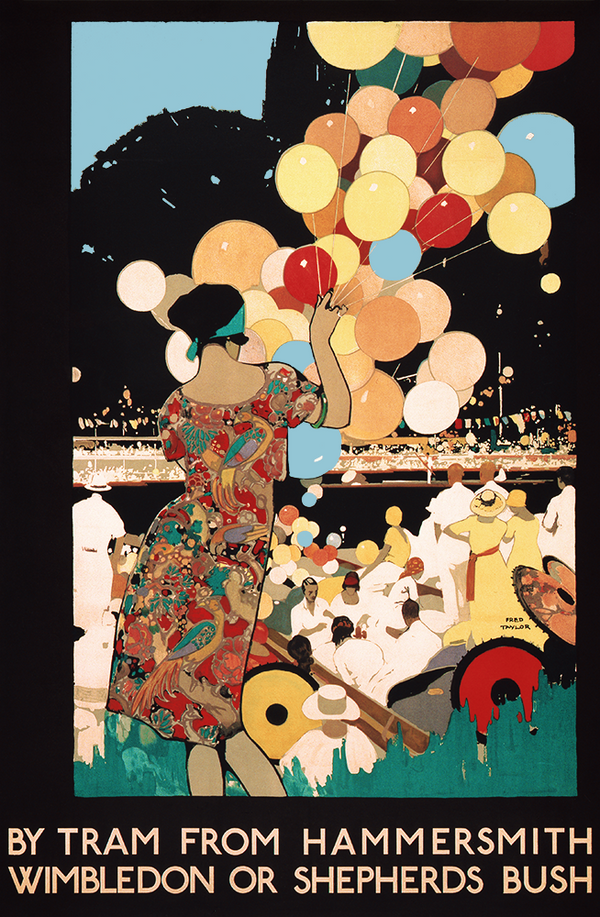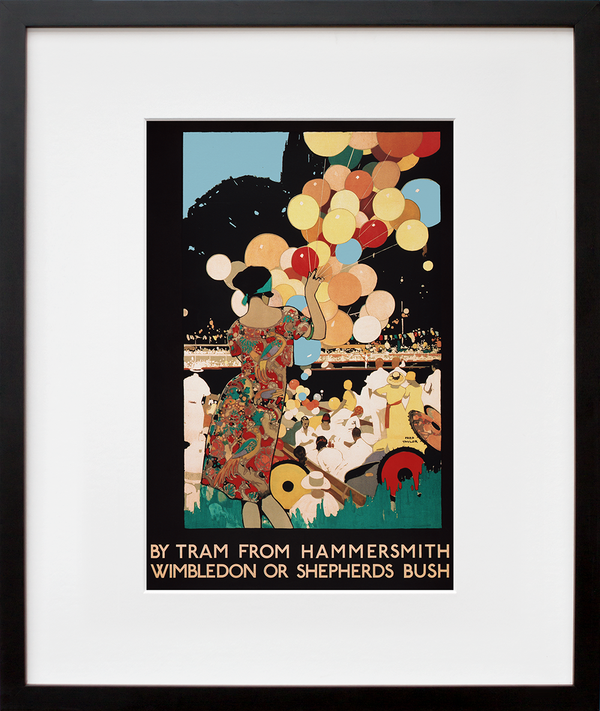A Monday Washing, New York City by Detroit Photographic Company
10"x8" ($40) | 14"x11" ($85) | 20"x16" ($275)
Published in 1900 by the Detroit Photographic Company, A Monday Washing, New York City is much more than just a stunning, nostalgic visual. The scene was typical of what was known as the weekly and city-wide "hard wash day" (usually Monday) in tenement buildings throughout the late 19th and early 20th centuries. Plentiful rows of laundry would be strung on lines high above the street, across the buildings’ facades. Uniting households in the then-common practice of hanging one's clothes out to dry, the lines' carefully fastened flapping fabric resembles Tiebetan prayer flags. Truly, there was faith involved that your clothing (which back then, especially for working-class folks, was precious and worn threadbare) would be safely reeled back in.
If taken as gospel, one might be convinced by the image that everyone in this densely populated neighborhood matched, and only wore pastel blue, stark white or pale pink. Of course, that's not accurate. Photolithography, and more specifically Photochrom, the process by which this image was made, involves hand-painting parts of a black and white photographic negative, then transferring that image onto a lithographic plate using colored gels. This then produced a colored print. The photographer would either rely on imagination or, more often, take detailed notes about the colors they felt were important to represent in a given image when undertaking the detailed process. In the end, like the true colors of the laundry in A Monday Washing, New York City, the real life hues represented in any photolithographic piece will never be known.
Neither will the person who shot this image, although it is possible that photographer and painter William Henry Jackson (American, 1843–1942) is the artist behind the piece. While he is sometimes credited with authorship, more often, the image is solely attributed to the Detroit Photographic Company (at times known also as the Detroit Publishing Company and the Detroit Photochrom Company), the first and only entity in the United States to license the Photochrom process in an exclusive rights deal from Photochrom Zurich in the mid-1890s. Swiss inventor Hans Jakob Schmid (1856–1924) developed the technique in the 1880s while working for Orell Gessner Füssli, a 16th Century printer. Subsequently, Füssli founded Photochrom Zurich to deal specifically with the process not long after its invention. Once the Detroit Photographic Company got its hands on the approach, American history was both made and preserved.
The attribution of the image to Jackson is likely due to the fact that the legendary artist sold his entire stock of over 10,000 negatives to the Detroit Photographic Company in 1897, shortly after word got out that they were the only Photochrom game in town. He became the company's president in 1898, due in no small part to the fact that he single-handedly made their archive into a formidable force with his own work. From this archive, which would grow to house over 40,000 negatives, everything from postcards to panoramas to fine art prints were created and sold by mail order, door to door salesmen, and in retail locations.
A Monday Washing, New York City tells so many stories about America as it rounded the corner into the 1900s. It's an image that exemplifies neighborly cooperation and ingenuity, as well as technological innovation and the chasing of the American dream. It is also a crucial and elegantly composed artifact of New York City's working class vistas.
You may also like:


